- Vietnam
- Things to do in Hoi An
- Japanese Covered Bridge (Chua Cau)
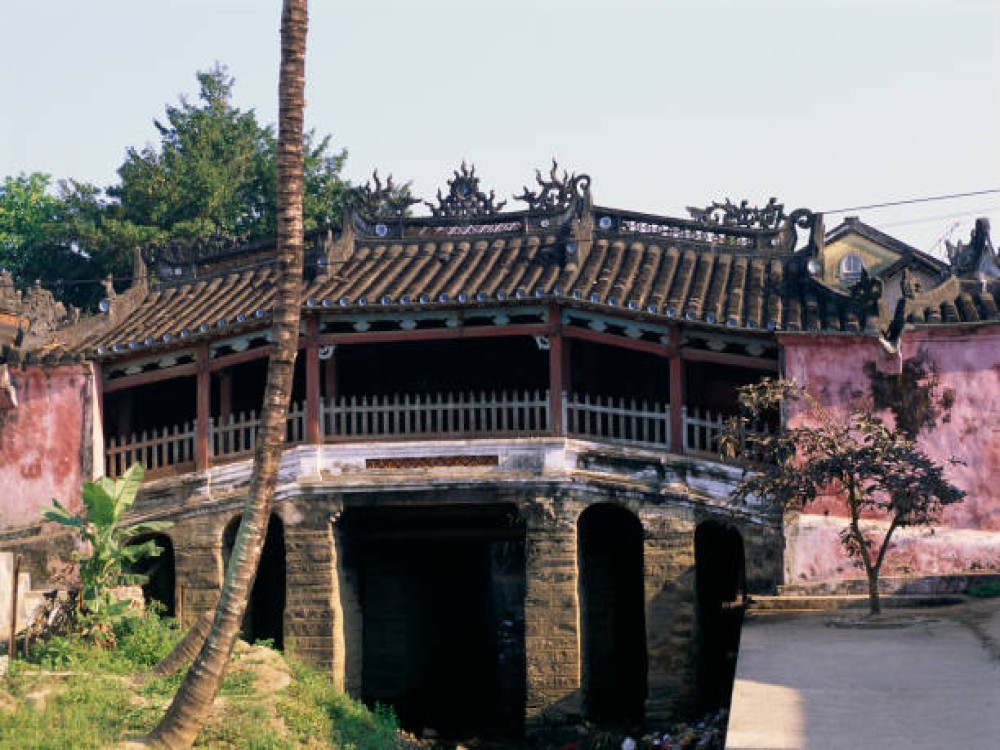
Japanese Covered Bridge (Chua Cau)
The Japanese Covered Bridge is one of Hoi An's most iconic landmarks, reflecting the town’s rich cultural and architectural heritage. Built in the 16th century by Japanese merchants, the bridge served as a symbol of peace and unity between the Japanese and Chinese communities in Hoi An. The bridge features a unique design with a wooden structure, a curved roof, and decorative sculptures of dogs and monkeys at either end, symbolizing the years of the zodiac. The bridge not only offers a picturesque view but also serves as a historical connection between the past and present of Hoi An.
Japanese Covered Bridge (Chua Cau) Tours & Excursions
The Basics
The Japanese Covered Bridge, also known as Chùa Cầu, is located in the heart of Hoi An’s Ancient Town. It spans a small canal and connects the old town with the surrounding areas. The bridge features an intricately designed wooden structure, and there is a small temple at one end dedicated to the god of weather, believed to protect the town from natural disasters. It’s a popular photo spot, especially at sunrise and sunset when the light creates beautiful reflections on the water.
Things to Know Before You Go
The bridge is open to the public, but you’ll need a ticket to enter the small temple at the northern end of the bridge. The entrance fee is included in the Hoi An Ancient Town ticket, which gives you access to other sites in the area. Be aware that the bridge can get crowded, especially during peak tourist hours, so it’s a good idea to visit early in the morning or later in the evening for a quieter experience.
How to Get There
The Japanese Covered Bridge is centrally located in Hoi An’s Ancient Town, making it easy to reach on foot from most hotels in the area. If you're staying a bit farther out, you can rent a bicycle or motorbike to reach the bridge in just a few minutes. The bridge is also near other major attractions, like the Tan Ky Old House and the Assembly Hall of the Fujian Chinese, so it’s a great spot to start or end your sightseeing day.
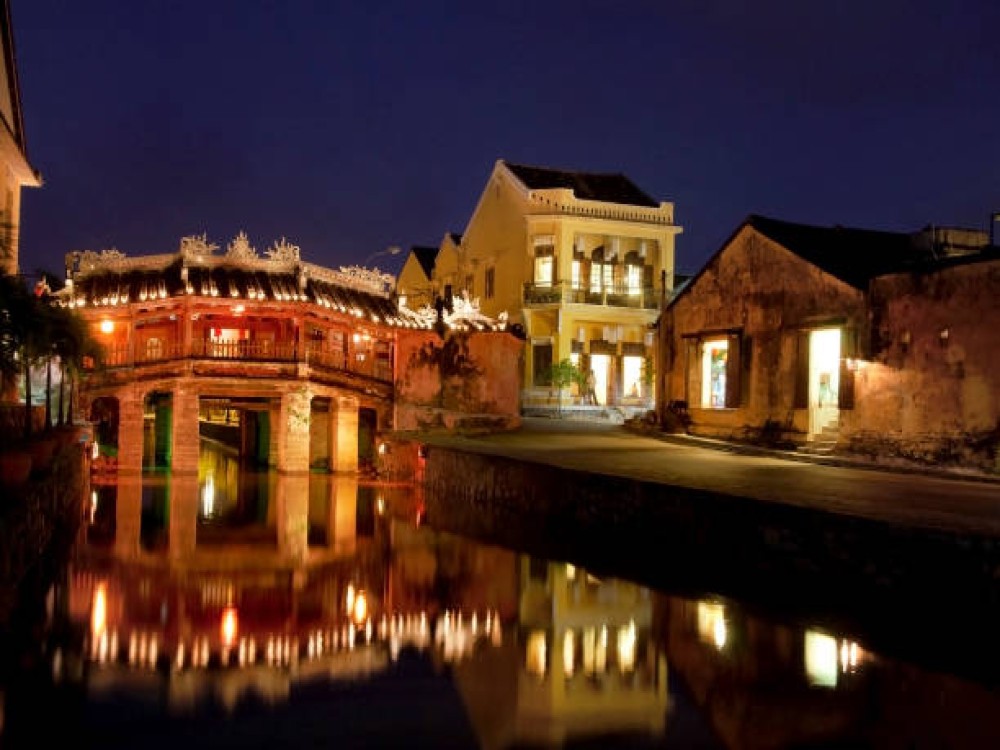
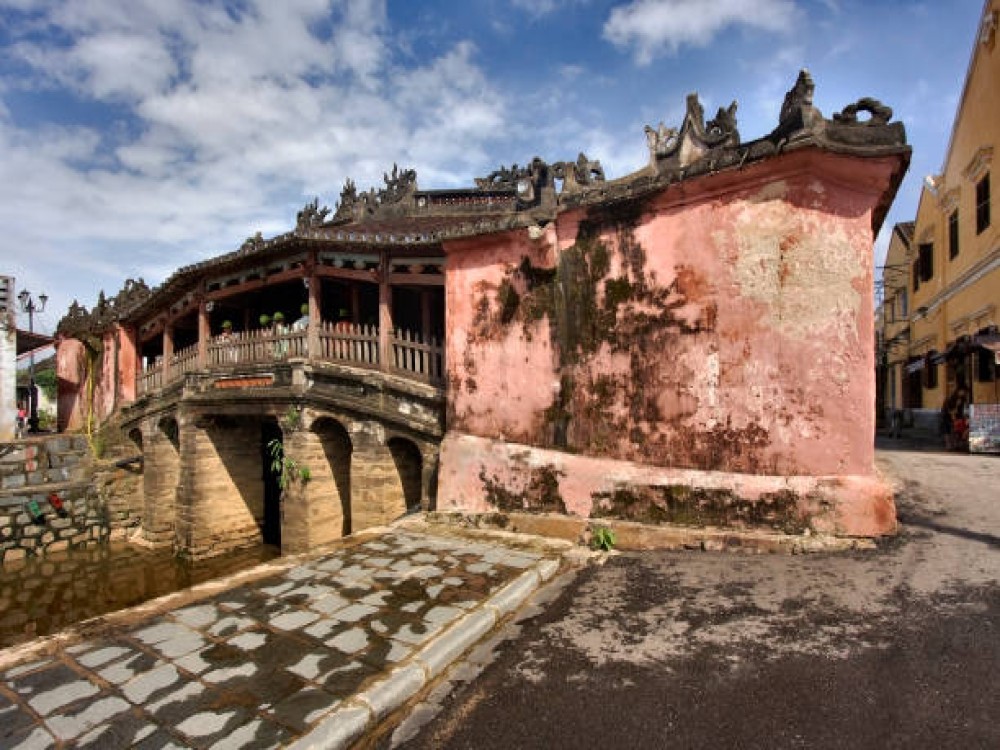
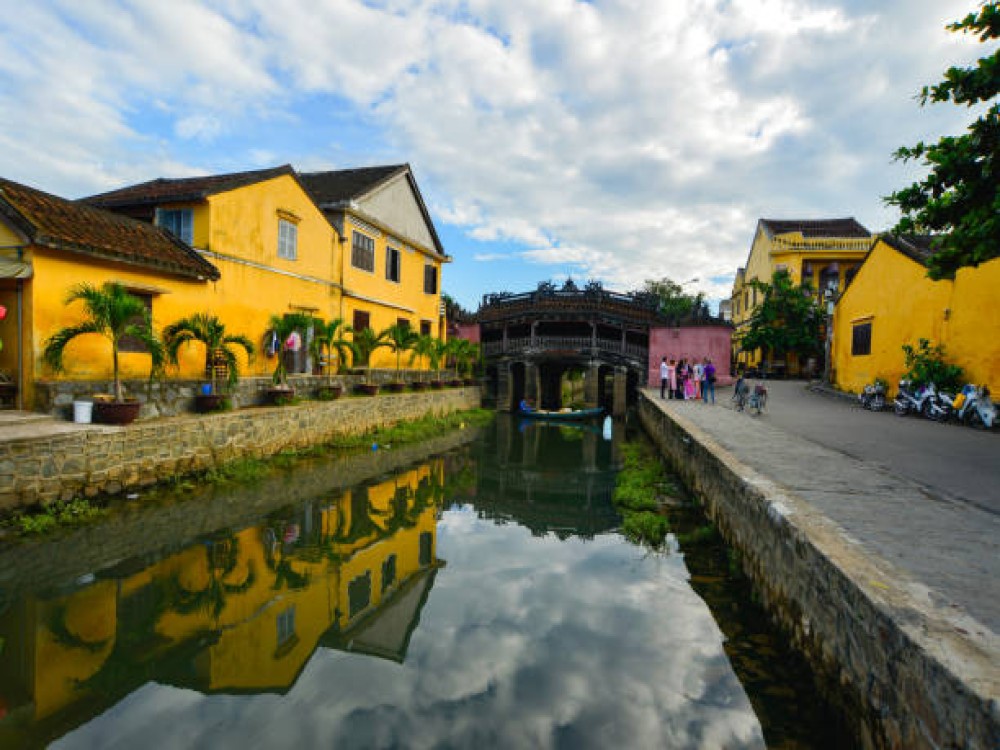
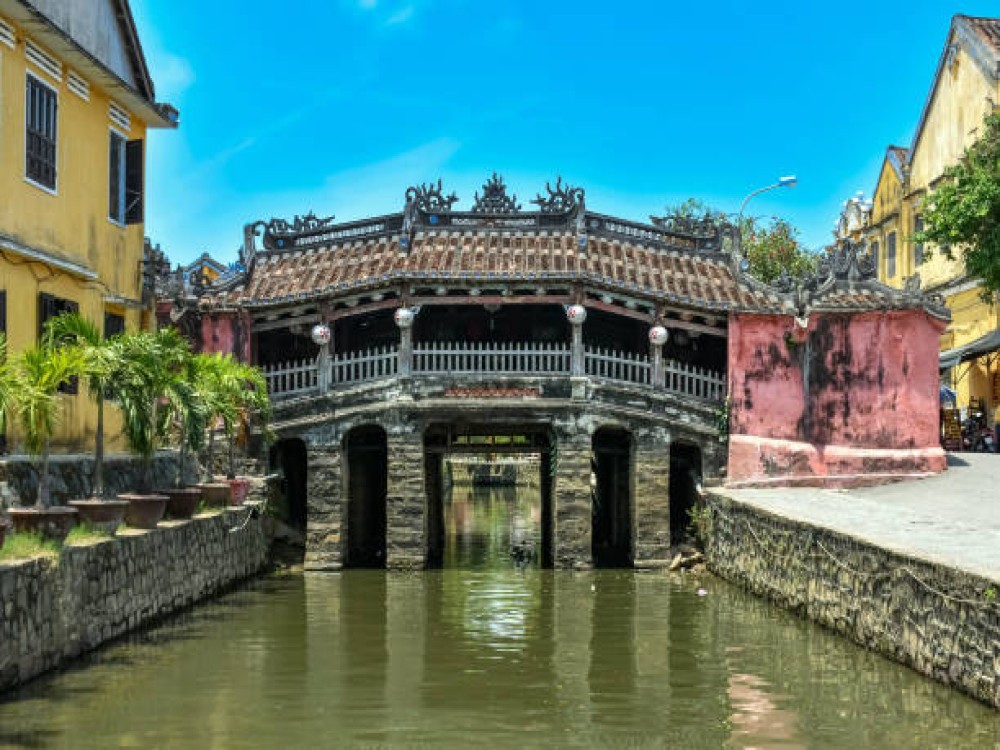
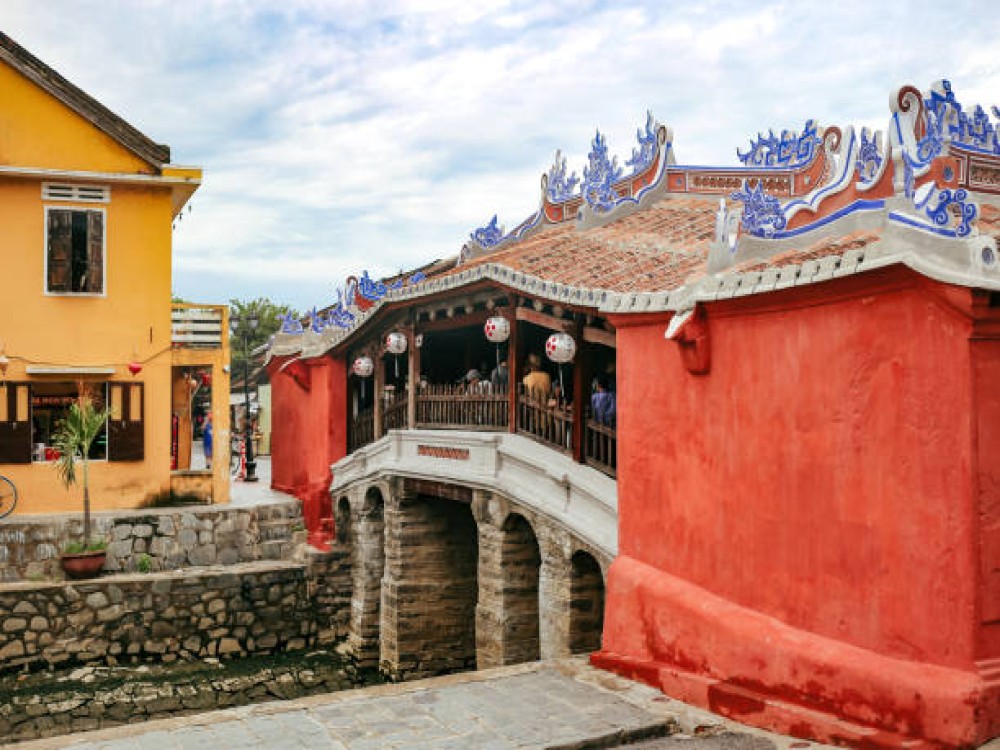
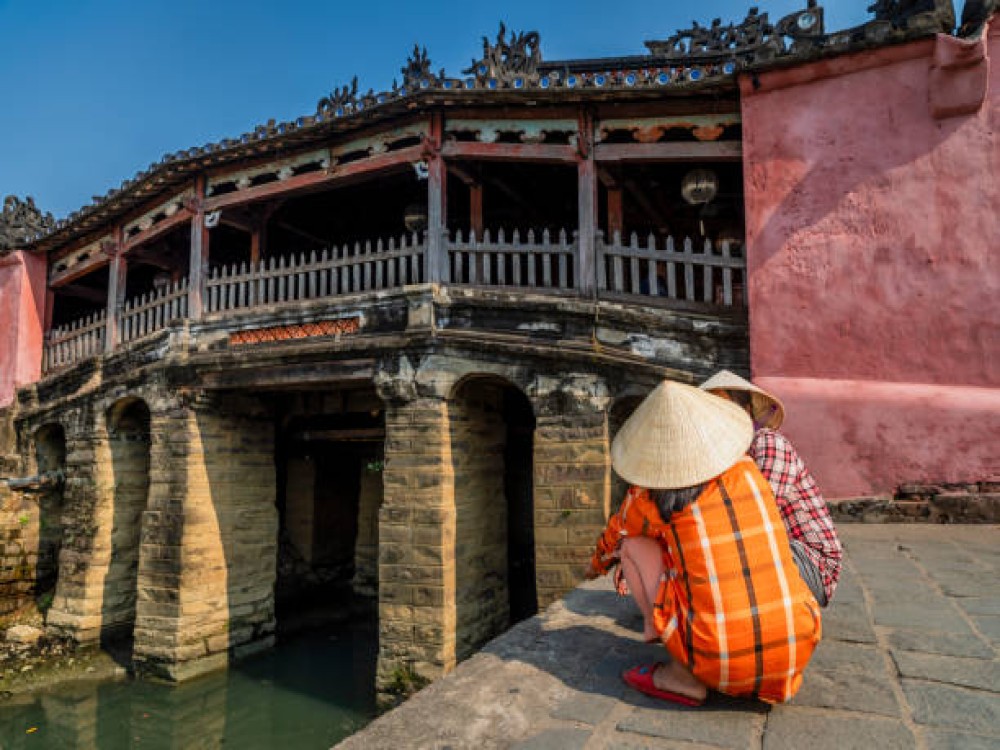
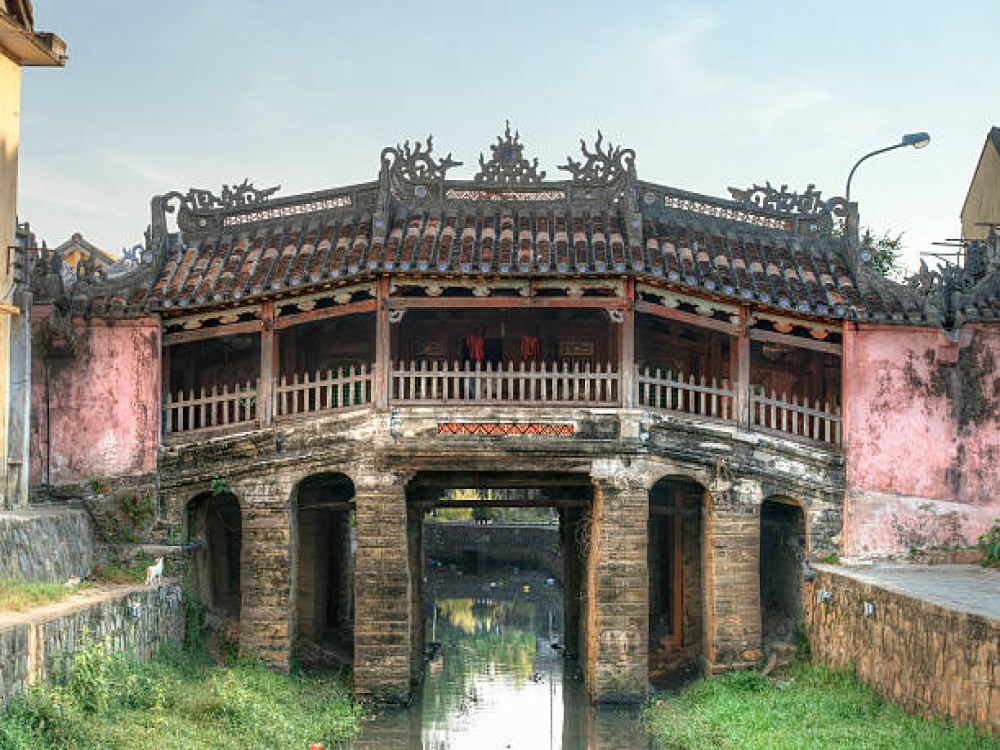

When to Get There
The best time to visit the Japanese Covered Bridge is early in the morning or late in the afternoon when the town is quieter. These hours provide the best lighting for photographs, especially as the sun rises or sets over the river. The bridge is often at its busiest during midday, so try to avoid visiting during these peak hours if you prefer a more peaceful experience. Evening visits are also recommended for those who want to see the bridge lit up at night, adding a magical ambiance.
Day Trips from Hoi An
The Japanese Covered Bridge is centrally located, so it can easily be part of a full-day exploration of Hoi An’s Ancient Town. After visiting the bridge, take a stroll along the streets of the Old Town, where you’ll find other attractions like the Tan Ky Old House and the Fujian Assembly Hall. You can also enjoy a boat ride along the Thu Bon River or visit the nearby markets to shop for local goods. If you're interested in local culture, explore the nearby workshops where artisans create traditional lanterns, silk, and pottery.
Copyright © 2025 All Rights Reserved


